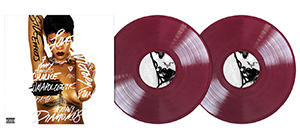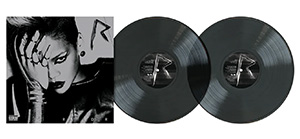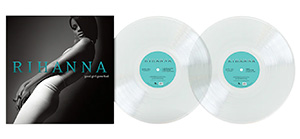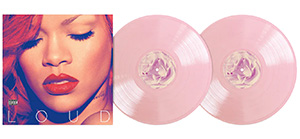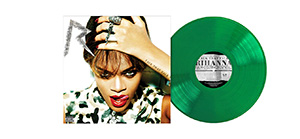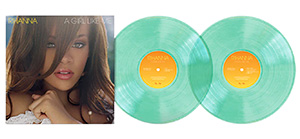‘Licensed To Ill’: How Beastie Boys Killed It In The 80s
The first hip-hop album ever to top the Billboard 200, ‘Licensed To Ill’ saw Beastie Boys lay the groundwork for the hip-hop world we now live in.
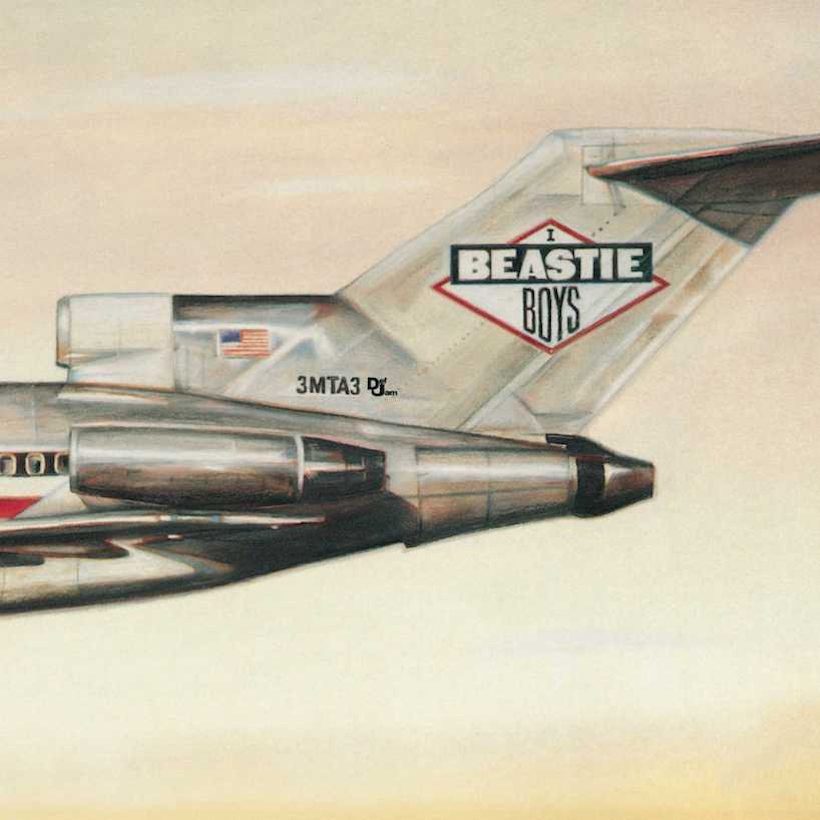
Has history been kind to Licensed To Ill, the debut album by Mike D, King Ad-Rock, and MCA, collectively known as Beastie Boys? Yes, there are unfavorable aspects that cannot be overlooked, but how about looking at why that very album rocked our striped tube socks off in November 1986?
Licensed To Ill can be bought here.
This writer can remember Michael Diamond and the two Adams (Yauch and Horovitz) lighting up the screen when they made a cameo appearance in Krush Groove a year earlier. The film was loosely based on the story of Beasties’ record label, Def Jam, co-owned by their producer and original DJ, Rick Rubin, and manager Russell Simmons.
Looking at their single “She’s On It” as a seven-year-old, I wondered what Spanish Fly was. At 40, I still don’t know what exactly it is. Either way, one of them was holding a five-gallon bottle of it on the picture sleeve. Flash-forward to November 15, 1986, and the Top 10 albums in the Billboard 200 included the works of Boston, Bon Jovi, Huey Lewis And The News, Cyndi Lauper, Tina Turner, Lionel Richie, Billy Joel, and Madonna, whom our anti-heroes had toured the country with in 1985, performing to confused parents and children alike. I arrived late to their Anaheim Stadium performance, missing the Beasties by mere minutes. We were not yet living in a hip-hop world.
Art imitating art imitating art?
Then came Licensed To Ill. The album’s title was a pun based on a 1965 imitation James Bond film, Licensed To Kill. Strangely, the album pre-dated a real James Bond movie entitled Licence To Kill by three years. Was it art imitating art imitating art? The album’s gatefold artwork was famously done by collage artist World B Omes and depicted an airplane crashing into the side of a cliff. Held up to a mirror, the plane’s serial number, 3MTA3, reads like “EATME”, and not by coincidence. Etched into the matrix are more naughty slogans, supposedly all Rubin’s idea (the group hated it) that both embraces and lampoons rock’n’roll excess.
Crossing over into rock
Lyrically, Beasties were also walking that tightrope between goofing on frat-boy culture and rock star clichés, and being the archetypes of their intended ridicule. Blurring those lines paid off commercially, enabling them to crossover into the rock world. The catalyst was “(You Gotta) Fight For Your Right (To Party!),” written by Yauch and his friend Tom Cushman. Essentially a hard rock song with a drum machine, “Fight For Your Right” may have tricked MTV viewers who weren’t in on the joke into thinking that Beastie Boys were the next Twisted Sister. “No Sleep Till Brooklyn” (featuring guitarist Kerry King from Def Jam labelmates Slayer) drove the gag home.
Ironically, the inspiration for these songs came from another hip-hop group – Run-DMC, whose “Rock Box” had combined rap and rock elements two years prior. Run-DMC was the template for Beastie Boys in so many ways: the loud drums and the shouted vocal delivery where bandmates would complete each other’s lines. And then, of course, there’s the fact that Run-DMC actually wrote pieces of Licensed To Ill, including “Slow And Low,” which they originally recorded (with Rubin producing) as a demo that never made it onto their own albums.
The first four lines of “Paul Revere” were concocted by Run (Joe Simmons) for Beasties to use. There is a dispute over the musical origin for “Paul Revere,” which Run claimed he created by playing a copy of “It’s Yours” by T La Rock backwards. However, Horovitz remembers Yauch (who was really into The Jimi Hendrix Experience at the time) creating a beat on a Roland TR-808 drum machine and playing it backwards, just as Hendrix’s band had done with a drumbeat for the intro of “Are You Experienced.”
Ahead of its time
What might get overlooked in retrospect is how advanced Licensed To Ill sounds. Hip-hop was evolving fast, but nothing else by the end of ’86 had such complex structures, where songs would pause halfway through and go in entirely different directions, like “The New Style,” which was subsequently sampled on over 250 records. Beastie Boys proved themselves to be more than just another copycat rap act, but something else altogether, coming out with a unique and diverse musical palette.
The sample selection spread across the album’s 13 tracks (technically only 10 of which contain samples) are really an amalgam of four distinct cultures: hip-hop (The B-Boys, Joeski Love, Mantronix, Kurtis Blow, Doug E Fresh, Schoolly D, etc), old soul, disco and jazz records that hip-hop adopted as its own (Cerrone, The Jimmy Castor Bunch, Barry White, Bob James, Kool & The Gang), hard rock (Led Zeppelin, Black Sabbath, AC/DC) and punk (The Clash).
Beastie Boys came up believing that stadium rock was the enemy; they started out as a skateboarding hardcore punk band and shared bills with groups the likes of Necros and Millions Of Dead Cops, before being bit by the rap bug and switching gears around 1983-84. That is until fellow punk turned hip-hopper Rick Rubin – who’d initially been raised on rock music out on a rock called Long Island, where being cool didn’t matter as much – introduced the three city slickers to that feathered-hair and denim-clad genre.
Even a doo-wop influence can be heard in the melody on “Girls,” which is reminiscent of the 1962 hit “Remember Then” by The Earls. Where Rubin’s work on LL Cool J’s debut full-length, Radio, was sparse and direct, Licensed To Ill took far longer to create – two years, in fact, in an effort to build an entirely self-contained universe. In this dimension, bragging about using angel dust or rapping about comedian Phyllis Diller over the theme songs for Mister Ed and Green Acres is not normal, but in Beasties’ dimension, it was par for the course.
On March 7, 1987, Licensed To Ill topped the Billboard 200, the first hip-hop album ever to do so. It then stayed there for seven straight weeks, Bruce Hornsby And The Range, Genesis, and Janet Jackson be damned. We were well on our way to living in a hip-hop world. By 2015, Yauch, Horovitz, and Mike D were certified diamond, with 10 million in sales – an accomplishment shared by no other hip-hop record released in the 80s.
History has been kind to the album in this respect. By simultaneously appealing to the mainstream music fans, the upper echelon of music critics, and all echelons between, the masses were – and continue to be – enthralled by Beastie Boys


